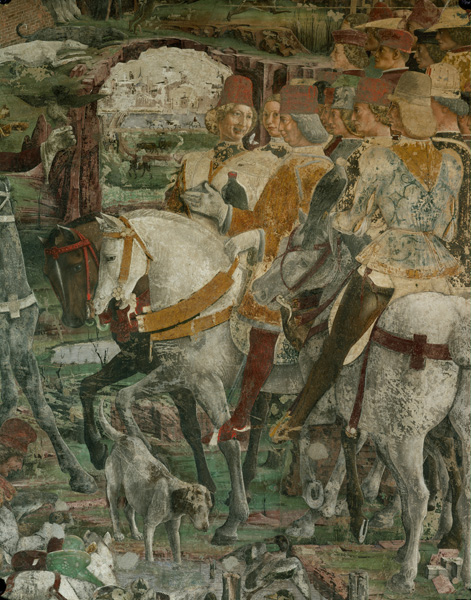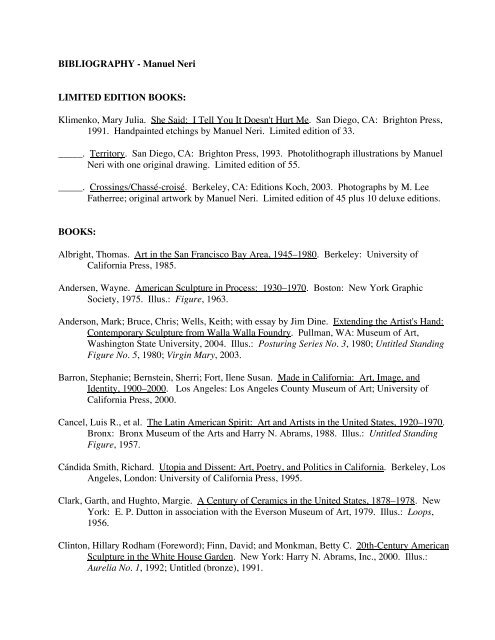Benici Renaissance Marble Art

Ginevra de benci is a portrait painting by leonardo da vinci of the 15th century florentine aristocrat ginevra de benci born c.
Benici renaissance marble art. Its lifelike and forthright portrayal broke with conventions of earlier renaissance portraiture of women including a preference for the more detached profile view. Classic tile mosaics accessories. Leonardo da vinci 1452 1519 michelangelo 1475 1564 and raphael 1483 1520. An introduction to the northern renaissance in the fifteenth century introduction to fifteenth century flanders introduction to burgundy in the fifteenth century northern renaissance art under burgundian rule biblical storytelling.
Leonardo s painting of ginevra de benci was painted shortly after her wedding to luigi di bernardo niccolini in 1474. Ginevra de benci is one of the first known three quarter view portraits in italian art. High renaissance art which flourished for about 35 years from the early 1490s to 1527 when rome was sacked by imperial troops revolved around three towering figures. The uniques elongated shapes in this collection has the ability to transform any space from bland to electric.
Exploring new ways to uncover your meaning of versatility. Bernini sculpture art sculpture renaissance kunst italian. British museum art images. Jul 20 2013 italian renaissance marble sculpture.
1 the oil on wood portrait was acquired by the national gallery of art in washington d c. She eyes the viewer directly. Marble is a metamorphic stone with a timeless history as a flooring wall covering. Marble systems renaissance marble collection represents variety of shades with a truly unique finish.
When you engage marble renaissance you tap into the most experienced industry resource available. National gallery of art washington d c. Having now restored almost 10 000 floors and by keeping our eye on new technologies marble renaissance has advanced these original techniques into state of the art restorations. Part of the painting has been lost at the lower edge and it is believed that a silverpoint drawing of hands by leonardo is a study for the missing part of the panel.










































